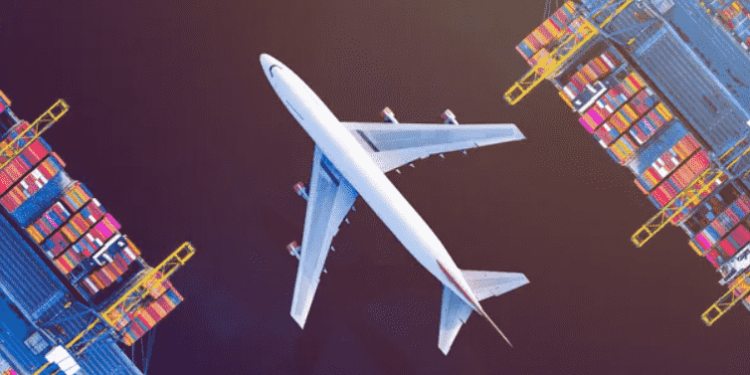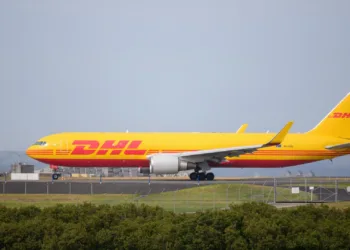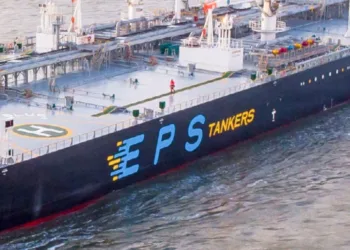The ongoing shipping crisis in the Red Sea, exacerbated by geopolitical tensions and security threats, has spurred global businesses into a logistical scramble as they face the risk of delayed shipments ahead of China’s New Year celebration. With a shortage of vessels due to rerouting strategies and safety measures undertaken by major container lines, companies are urgently exploring alternative options, including shifting some of their ocean cargo to airlines. The threat of drone and missile attacks by Houthi rebels in the Red Sea and Gulf of Aden has prompted vessel diversions and heightened security concerns, impacting approximately thirty percent of container volumes that transit the Red Sea and Suez Canal between Europe and Asia.
Simultaneously, drought conditions affecting the Panama Canal have forced some vessel operators to shift services to the Suez route, adding complexity to the already challenging maritime scenario. As tensions persist with no resolution in sight, air cargo providers could experience a surge in business, reversing the recent market downturn. This trend is already evident, with retailers opting to expedite cargo shipments from the Indian subcontinent to the U.S. East Coast via air routes due to the lack of viable ocean alternatives that don’t entail significant delays. This shift in logistics dynamics has prompted companies to reassess their shipping needs for various global destinations, including the U.K. and Europe from Asia.
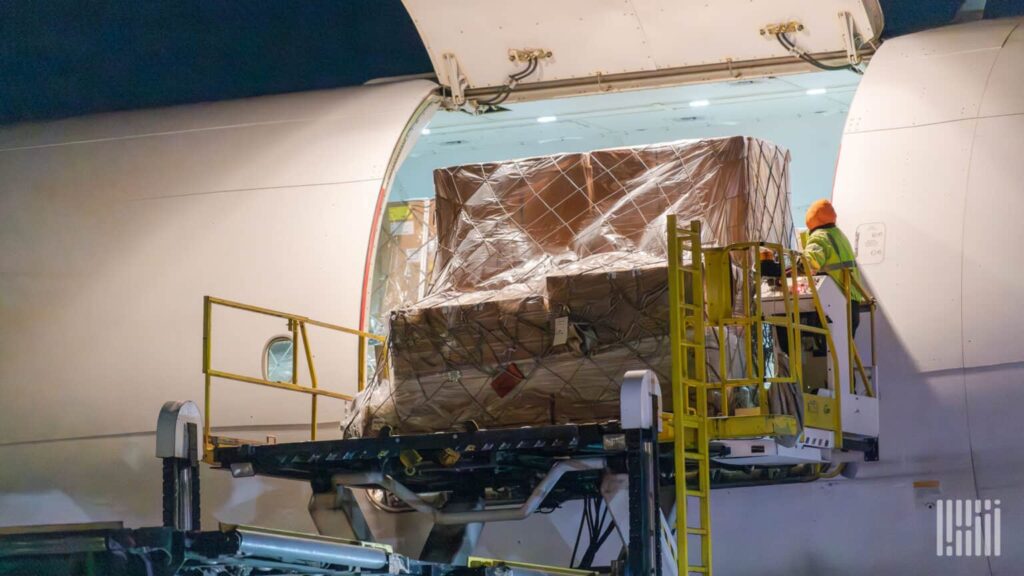
Experts highlight that the diversion of vessels around the Cape of Good Hope, while circumventing the Red Sea risks, introduces new challenges. The extended sailing time to Europe and the U.S. East Coast, ranging from seven to fourteen days and five to seven days, respectively, has triggered a ripple effect in the shipping industry. This includes vessels being knocked off scheduled arrivals, port congestion due to bunching of ships, and difficulties in repositioning containers globally. With vessels returning to reload with factory goods in Asia arriving a couple of weeks behind schedule for the seasonal pickup before Chinese New Year, there is a projected shortfall in shipping capacity.
Chinese New Year, scheduled for February 10, 2024, adds another layer of complexity, as factories begin slowing production in mid-January and gradually shut down for the holiday. The ensuing lull, which can last over a month, leads to a rush at Chinese ports, causing transportation delays and increased shipping rates. Approximately 540 vessels are assigned to Suez services, with 136 currently being diverted around Africa, and 42 pausing their journey, according to a Flexport analysis. This unprecedented situation has prompted logistical providers like Seko Logistics to receive inquiries about converting ocean shipments to air, particularly in the lead-up to the Chinese holiday, with potential implications extending into 2024.
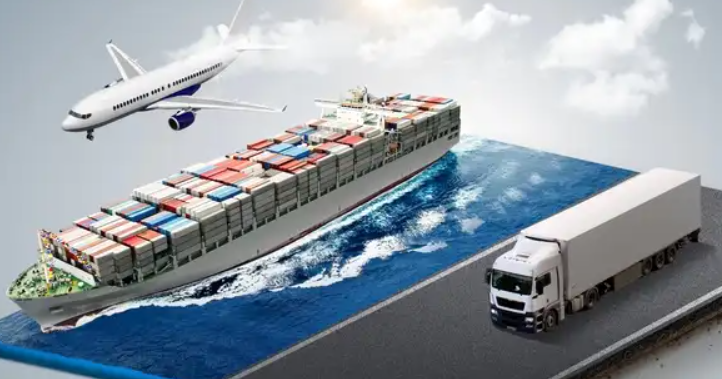
The shift from ocean to airfreight is expected to impact global trade dynamics, with importers and exporters likely transitioning their critical goods to air carriers to ensure timely arrivals for production or sales needs. The heightened demand for airfreight, coupled with the challenges faced by vessels opting for alternative routes, could lead to a significant shift in the balance of transportation modes. Importantly, this shift may exert pressure on airfreight volumes, impacting various industries and supply chains, especially considering that approximately 97% of total containerized trade by weight moves by sea. As companies navigate this complex landscape, the potential repercussions on global trade patterns and logistics strategies are poised to unfold in the coming months.



